The sense of solace was palpable at the end of the first day of our Britain’s Best Driver’s Car test. As darkness descended on the pit lane, the majority of the serious driving and judging was over, and we breathed a collective sigh of relief at our good fortune in the gathering crepuscular calm.
Britain's Best Driver's Car 2017, part one: the contenders
The conditions had been bad all day, and appalling in parts. Every driver had discovered, if they didn’t already know, how treacherous and unforgiving a circuit Castle Combe might be in the wet if you don’t respect its bumps, cambers and shaded slippery expanses. And yet somehow our day had been incident free, ending with exactly as many undamaged cars – and prides – as it had started with. And nobody could claim they hadn’t learned – and often learned very quickly – what separates the very best driver’s cars we’d gathered from the rest.
So what difference did the rain make? For a while, we wondered, as four judges dissected and decoded their impressions of the best and worst performances they’d witnessed. The slippery conditions were certainly a levelling influence, making a secure, predictable front-driver such as the Golf GTI Performance feel like a fine refuge from the eye-widening, poweron snap oversteer you might have encountered immediately beforehand in anything from the GT R to the M4 CS.
A dependable, judiciously tuned traction and stability control system certainly did more for a car this year than it might have ever before in a Britain’s Best Driver’s Car contest. But in the end, the same qualities that make a car impress at the limit of grip in the dry – communicative controls, good close body control, a dexterous well-tuned ride, a powerful and linear powertrain, and a finely balanced chassis that mixes stability with adjustability in just the right proportions – also distinguish one when the heavens are well and truly open.
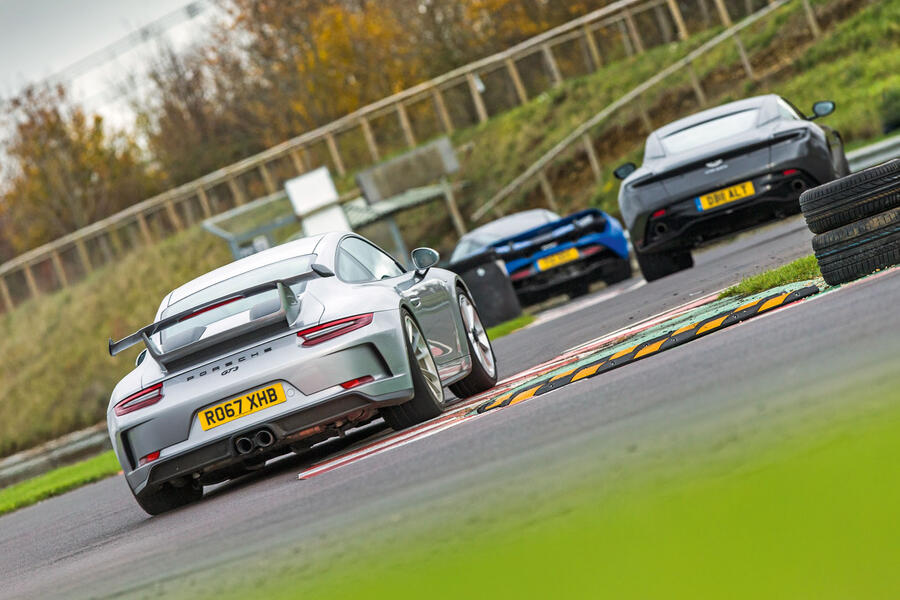

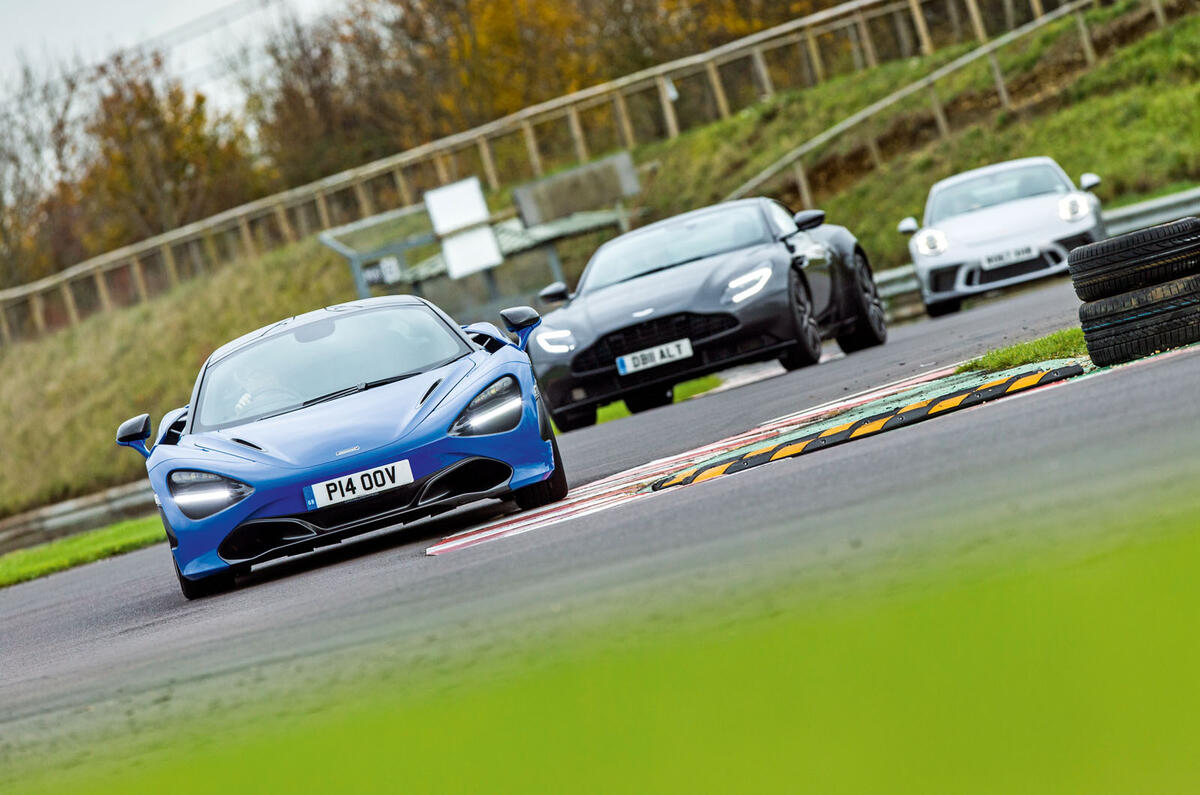
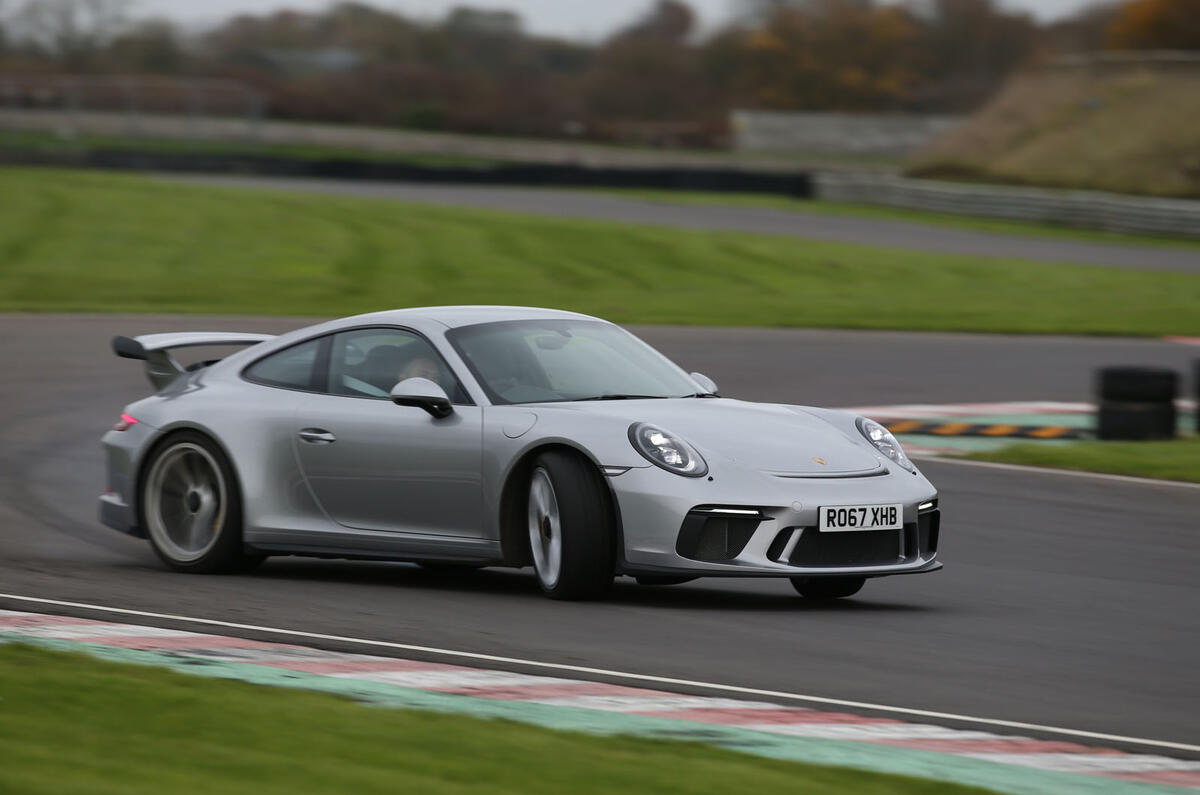
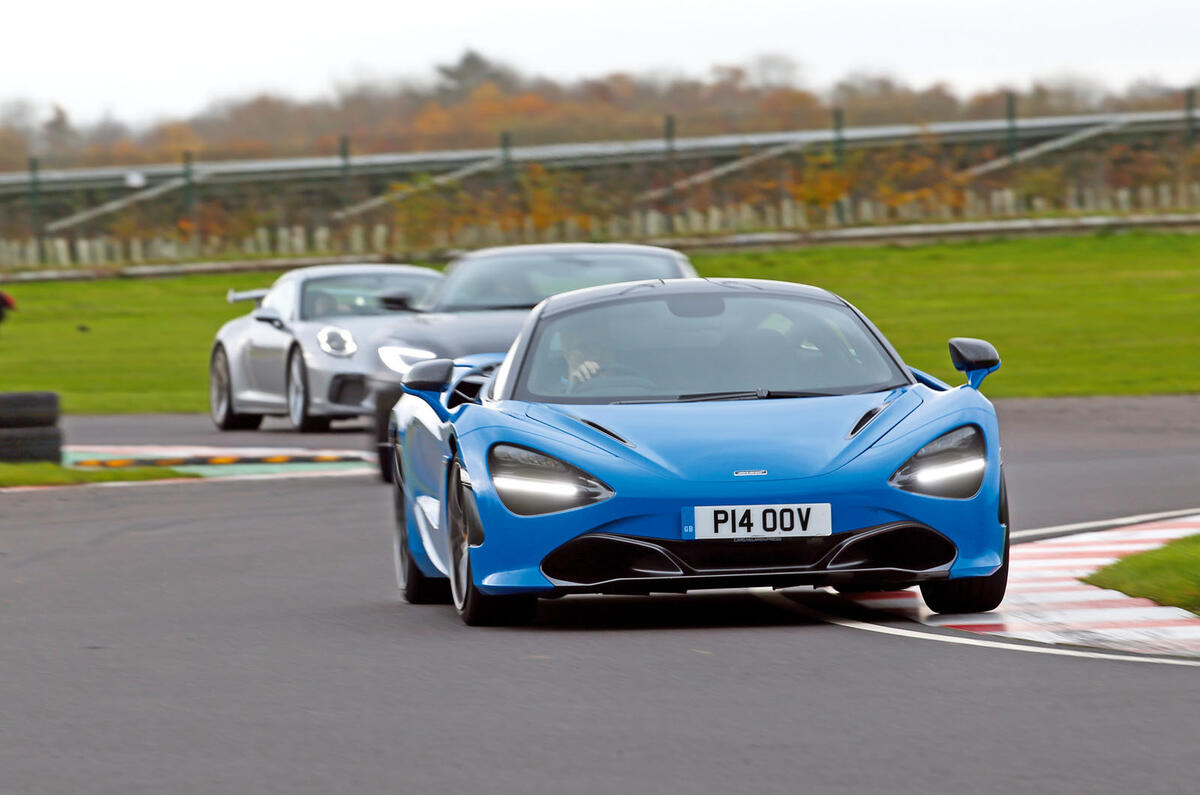
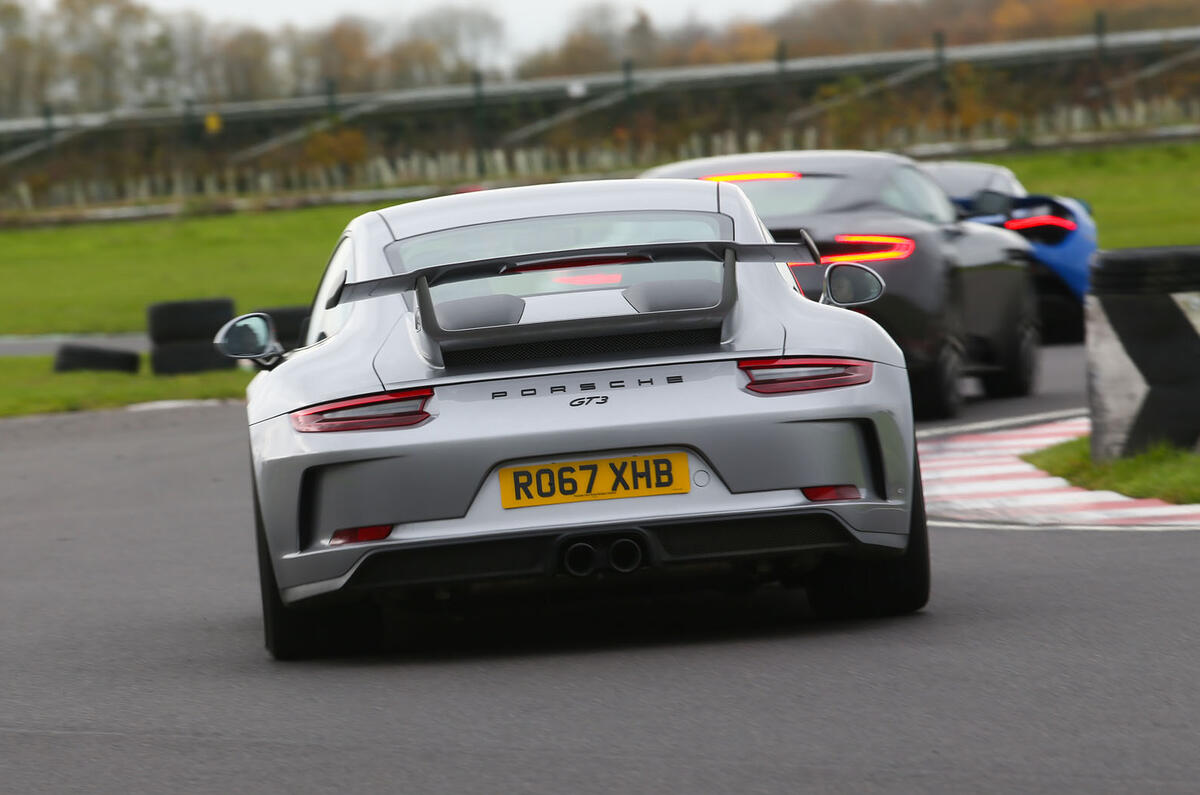
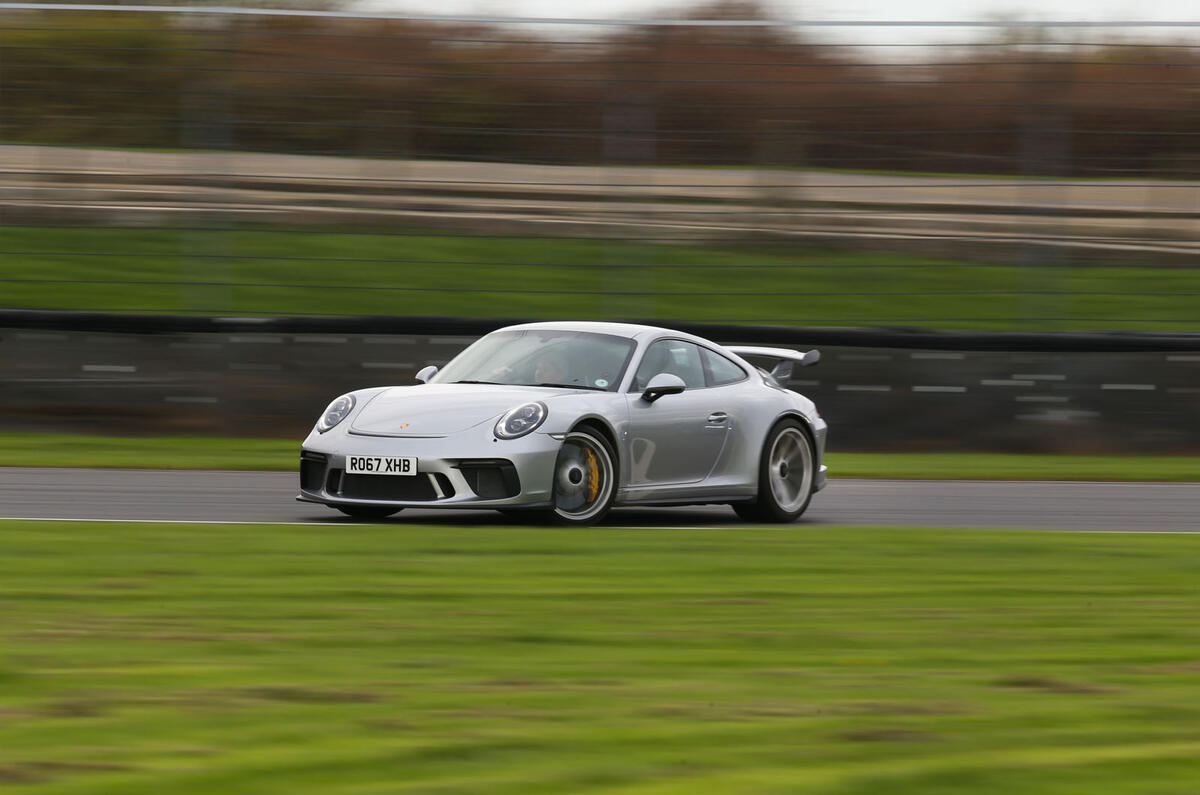
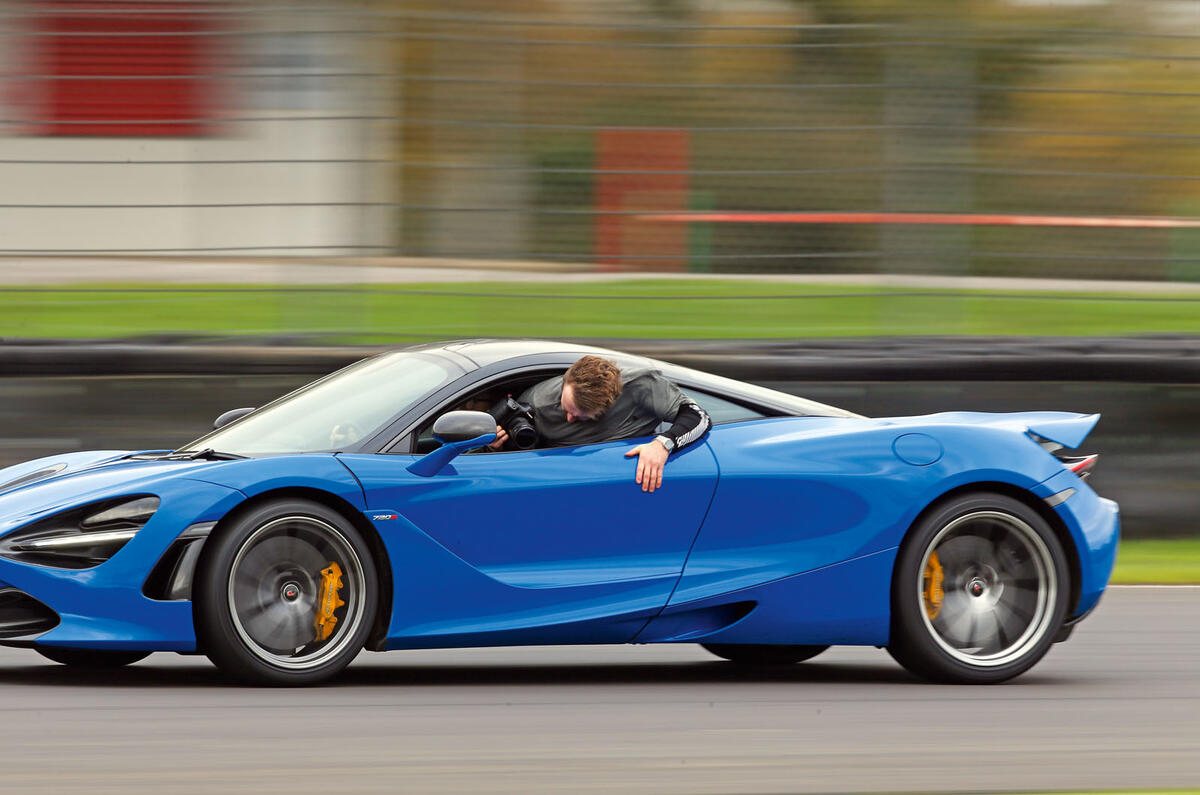
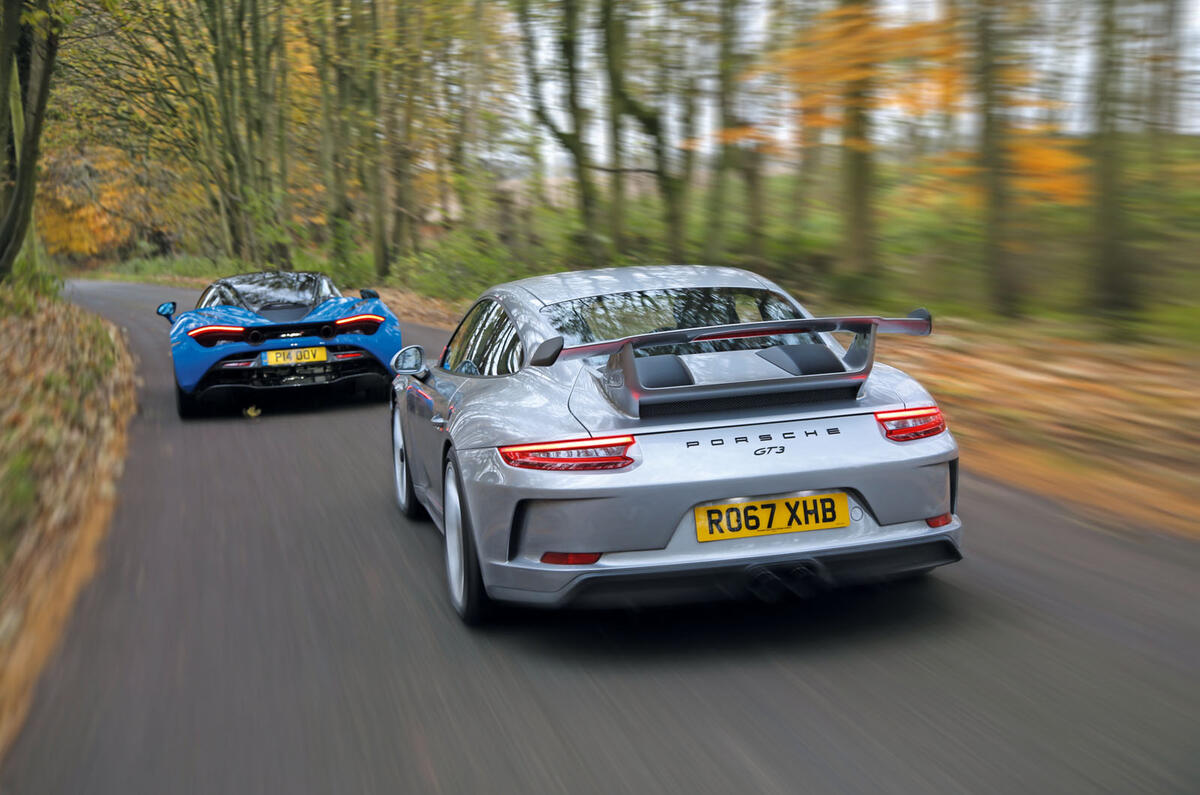
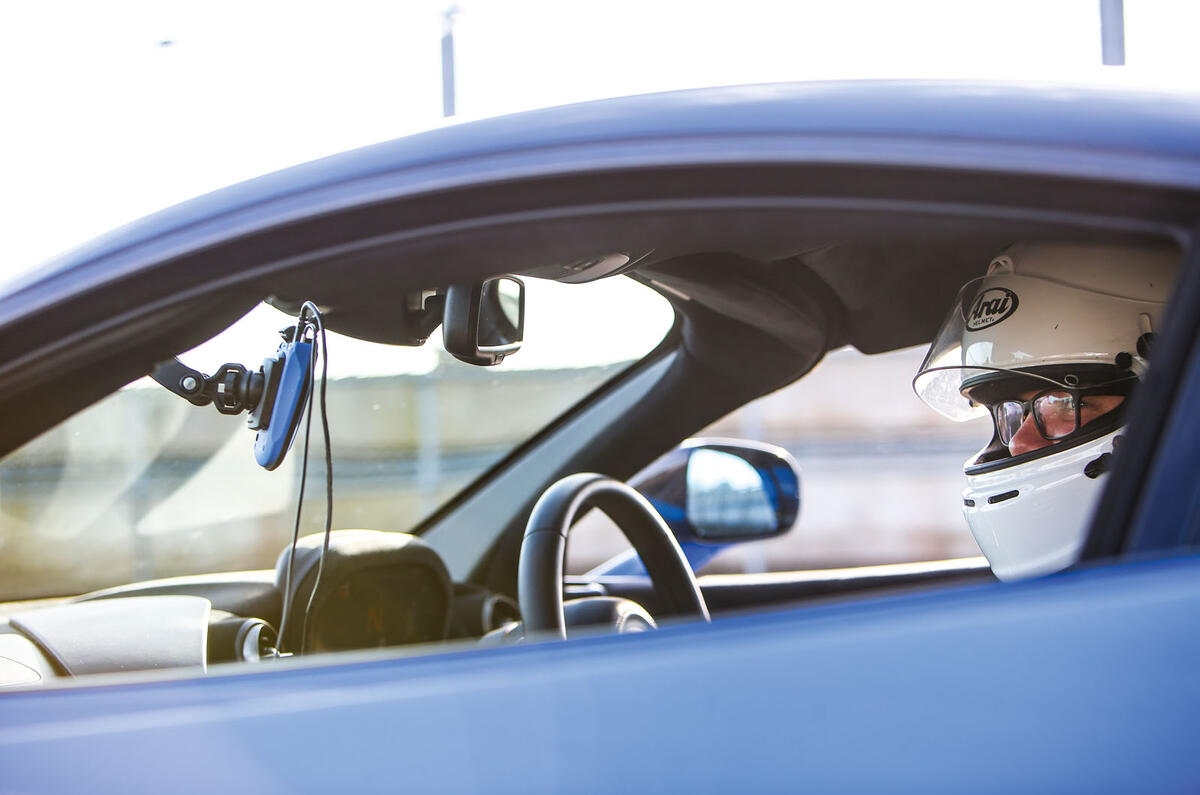

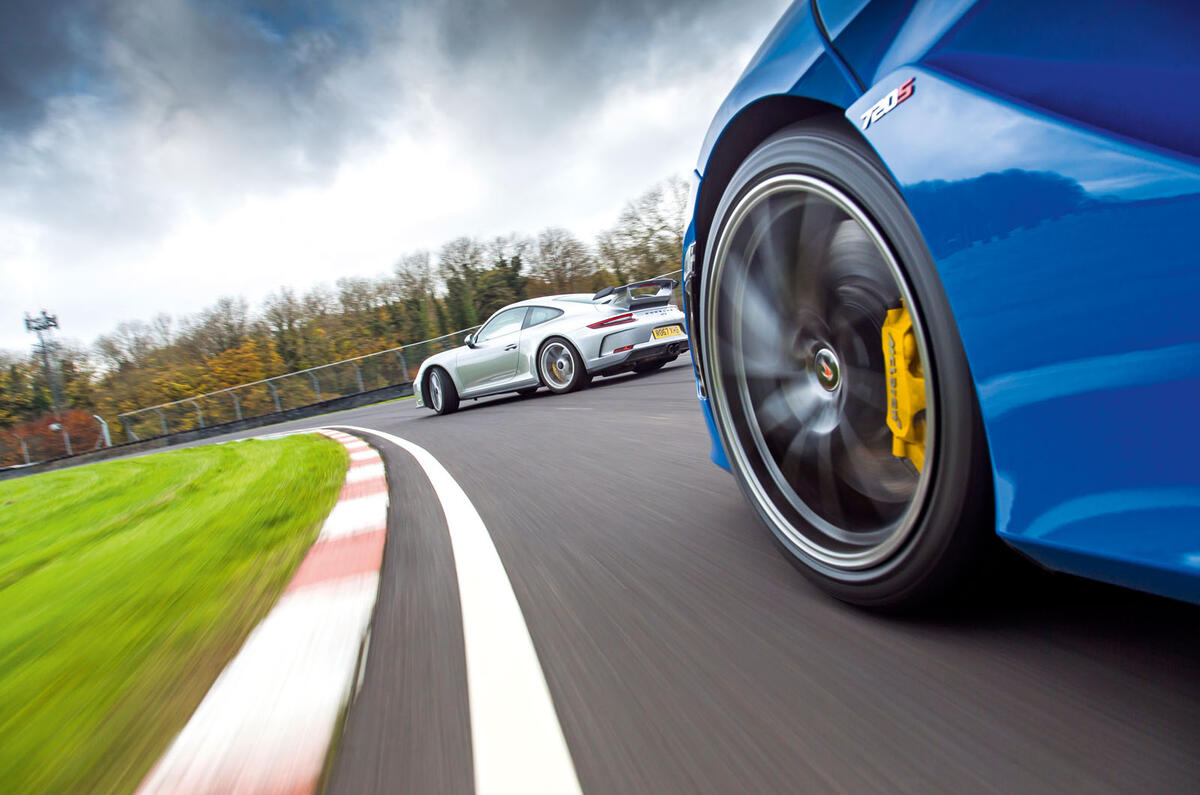
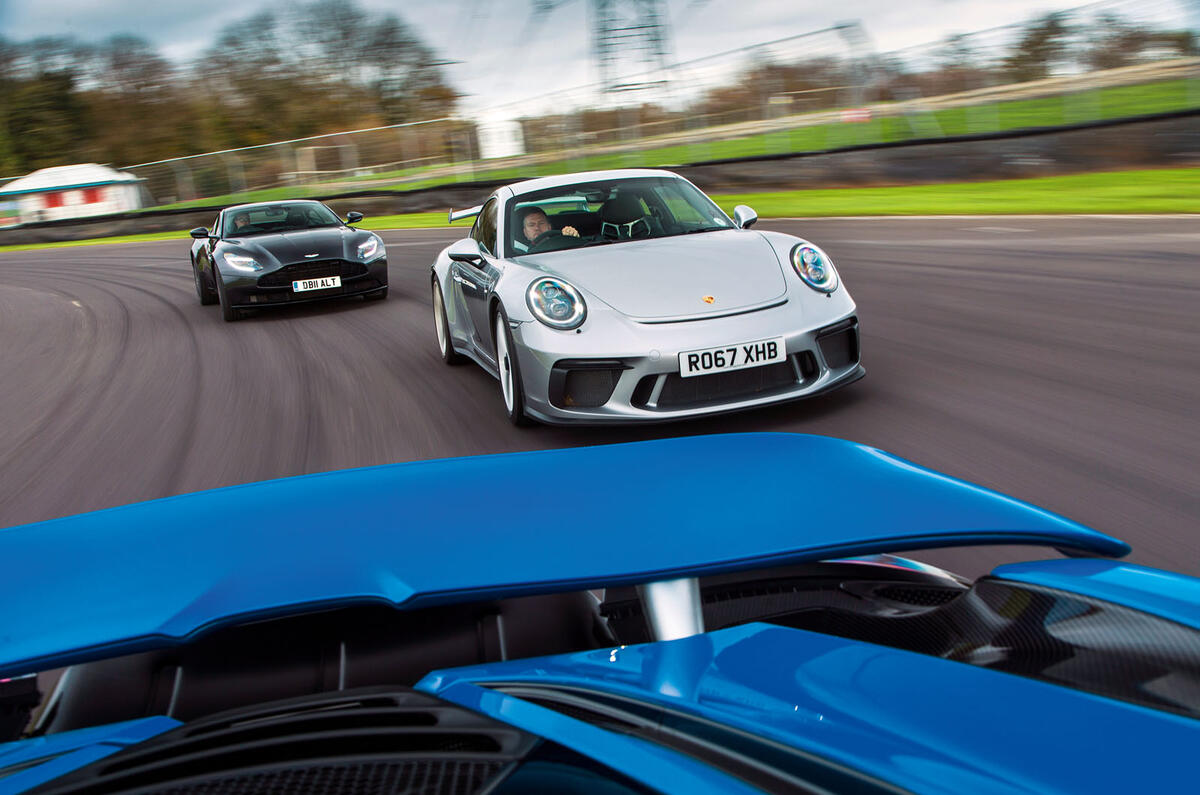
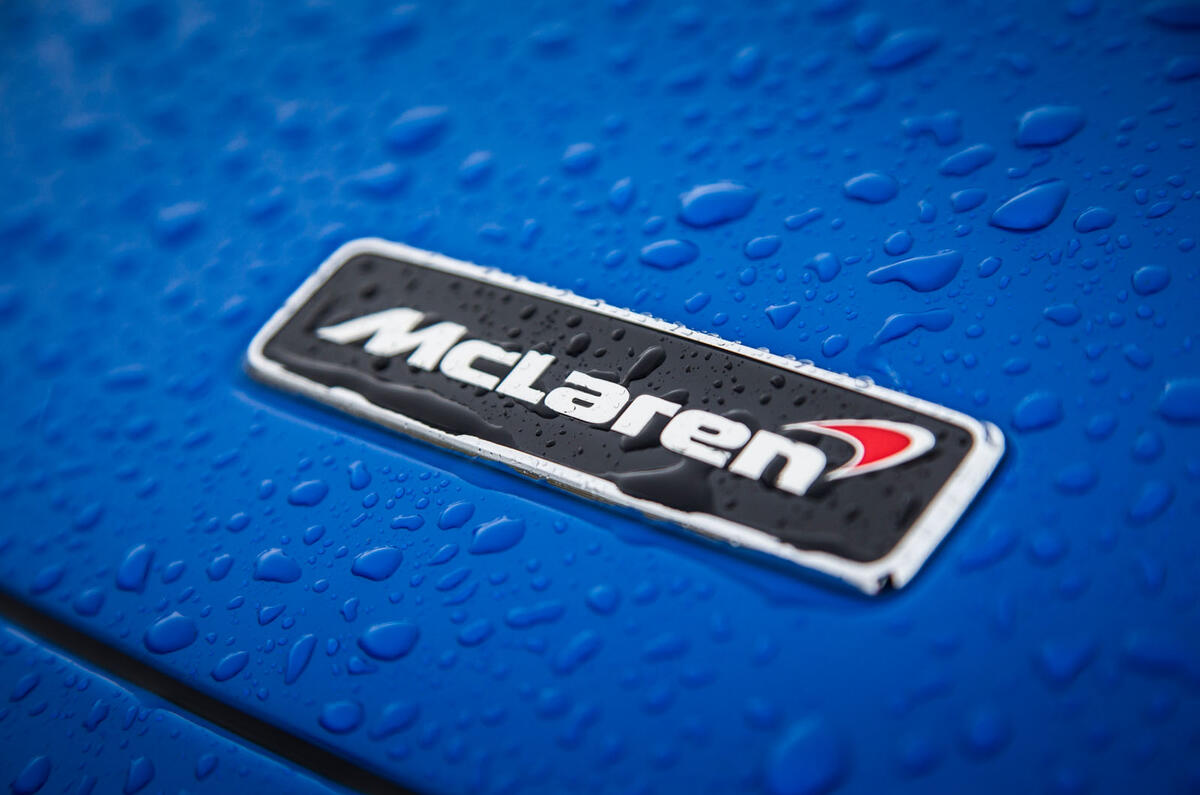
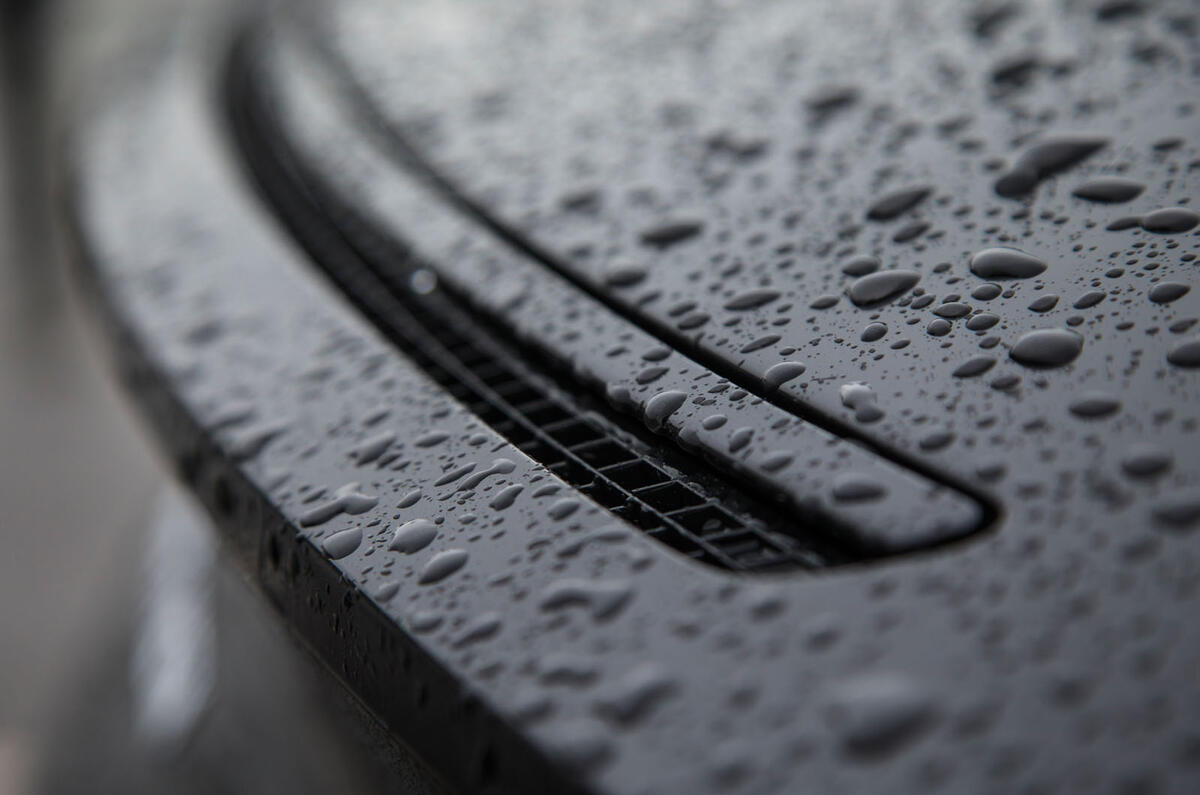
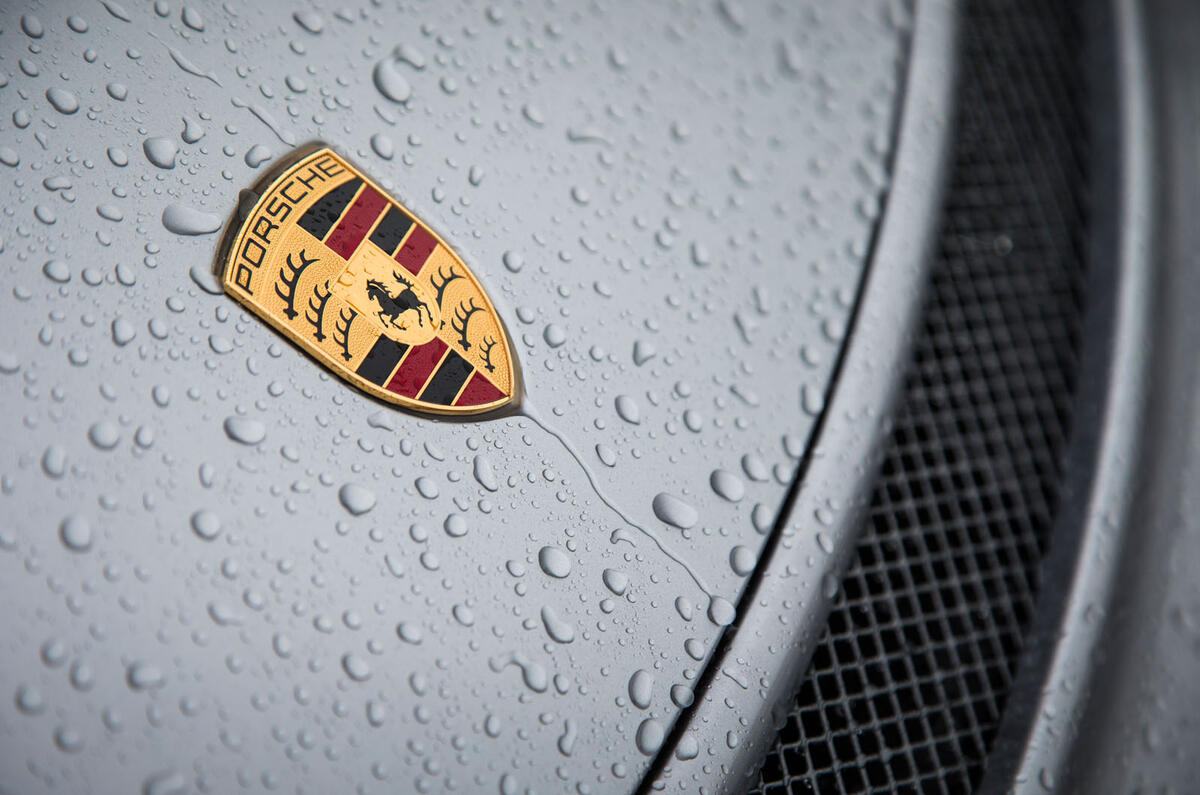
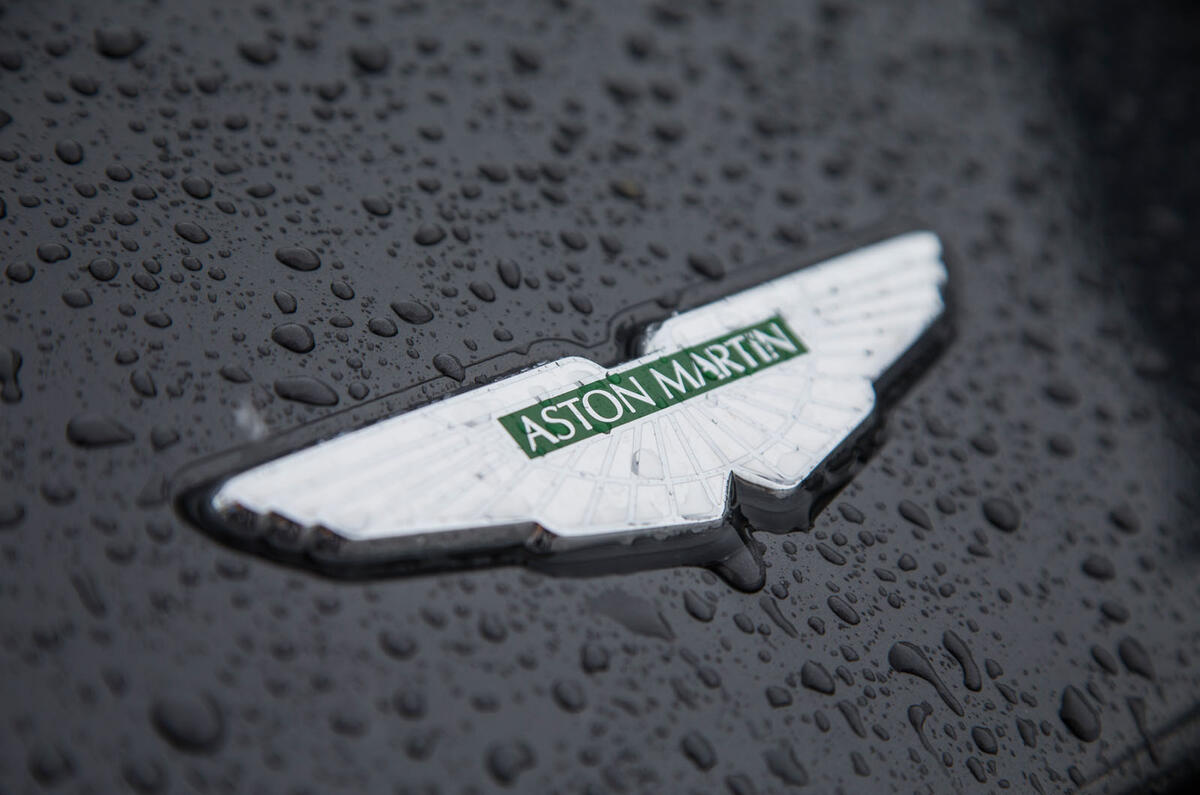
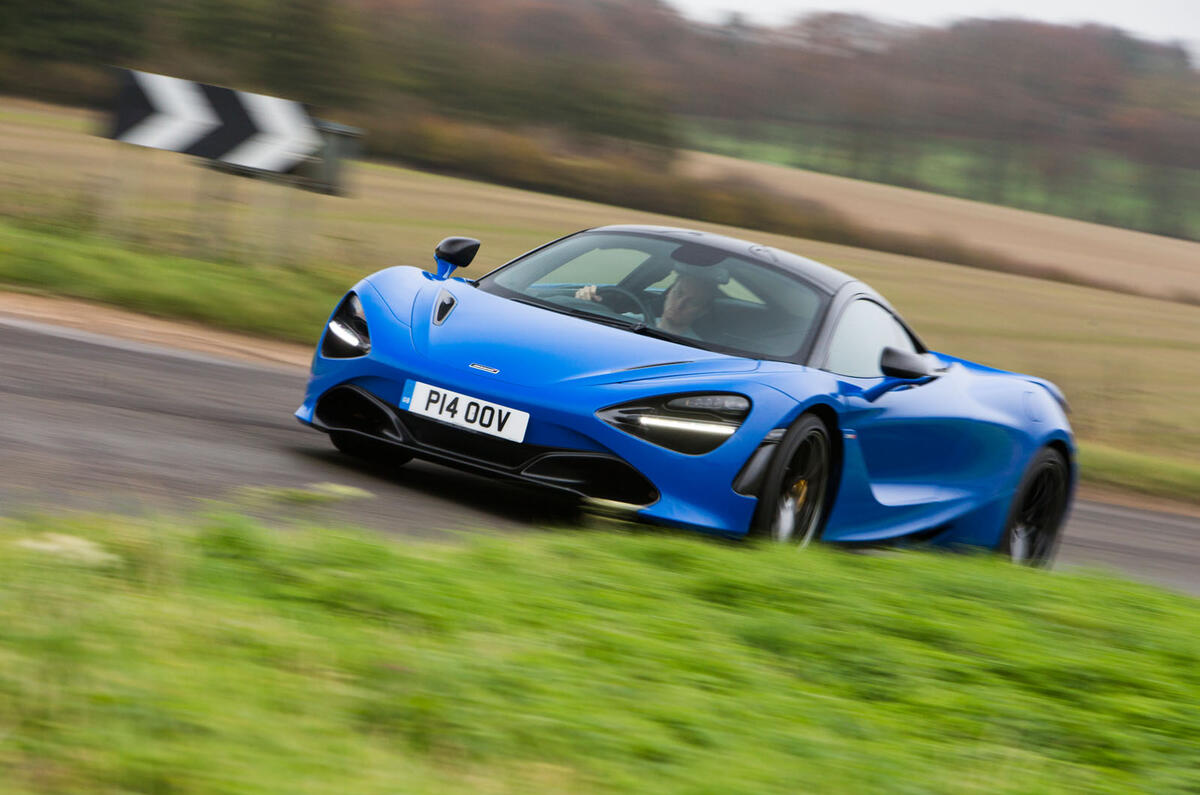
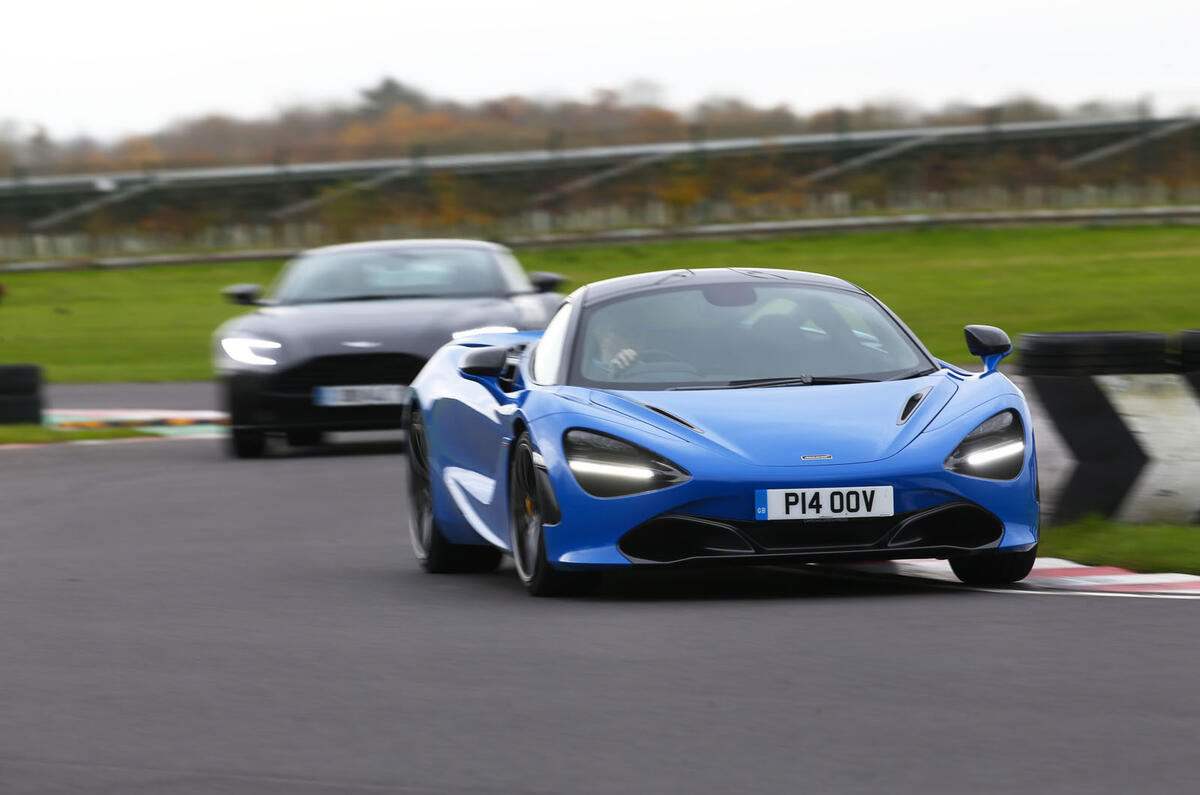
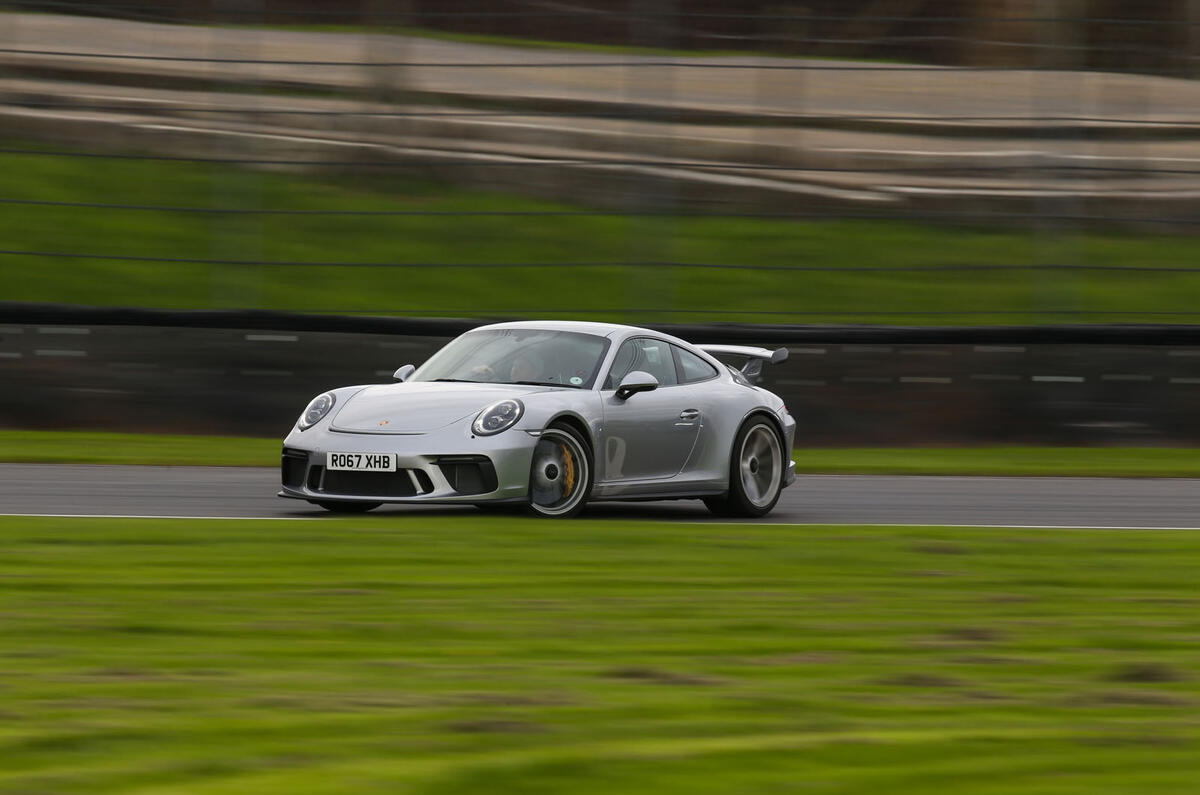
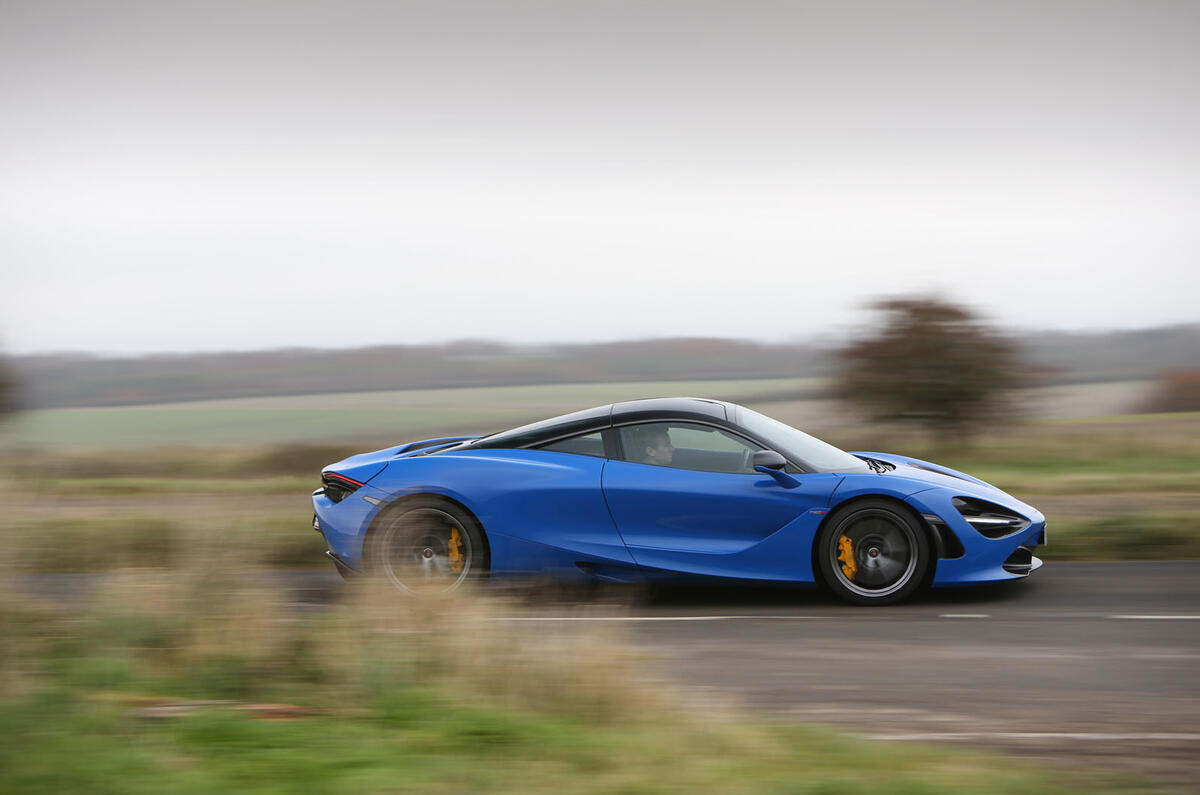
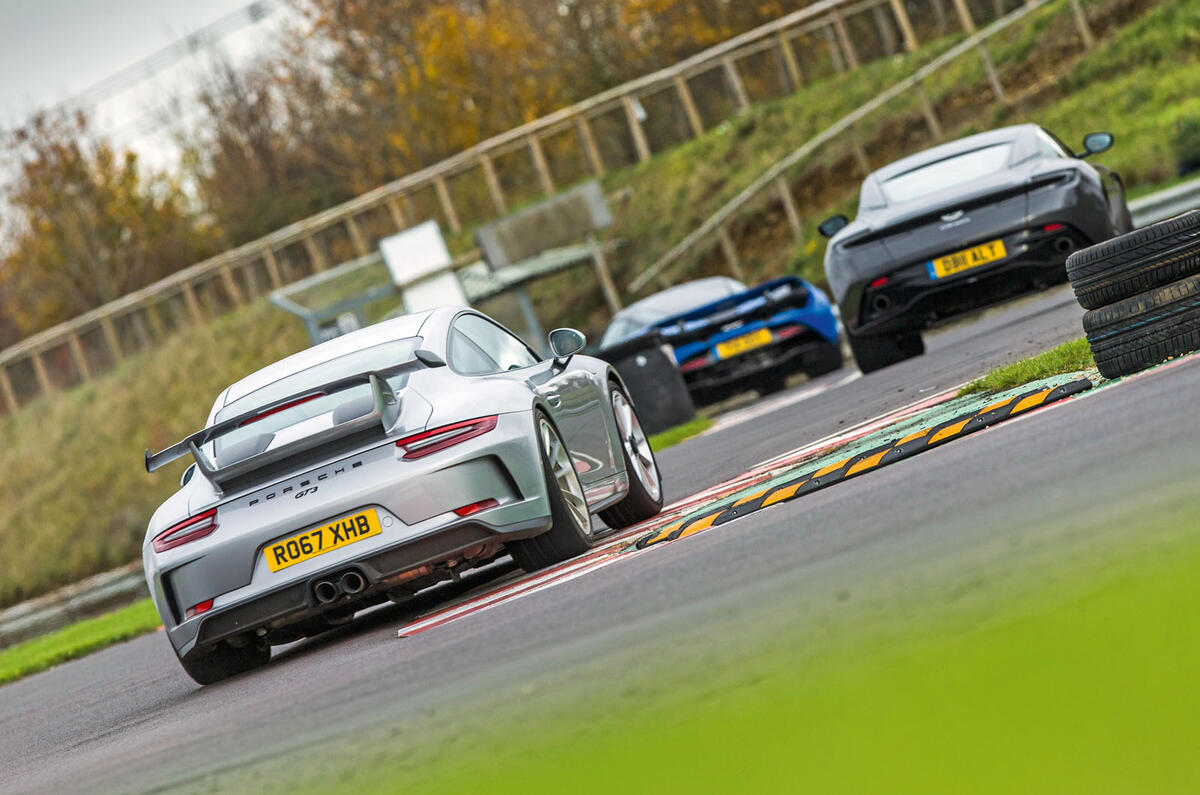
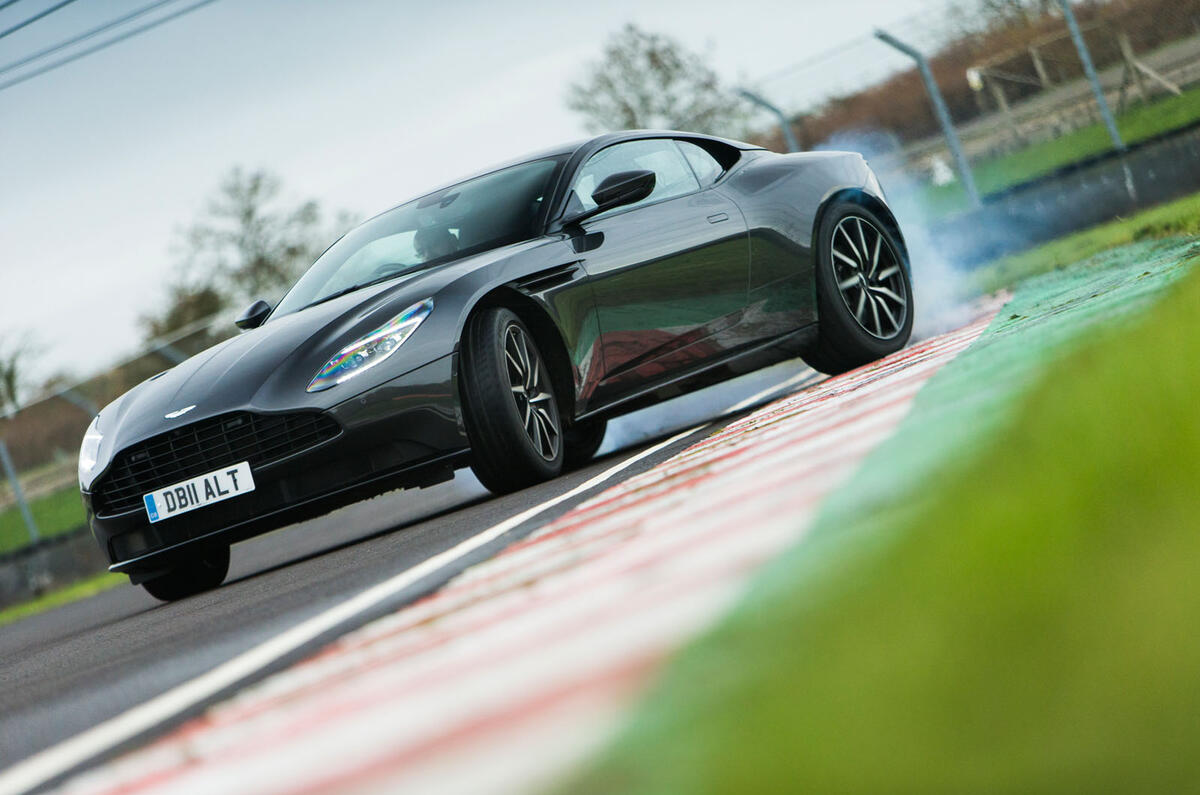
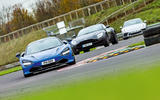
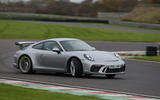
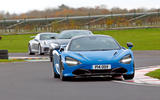

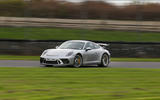
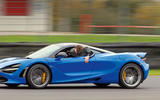
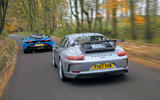
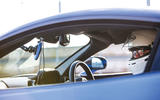

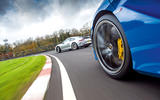
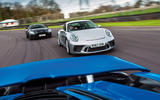
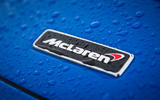
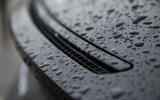
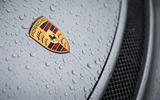
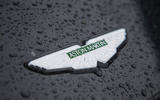
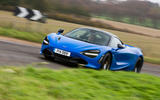
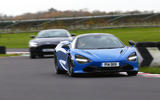
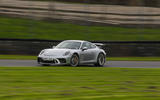
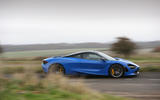
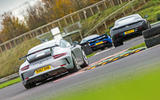
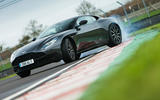

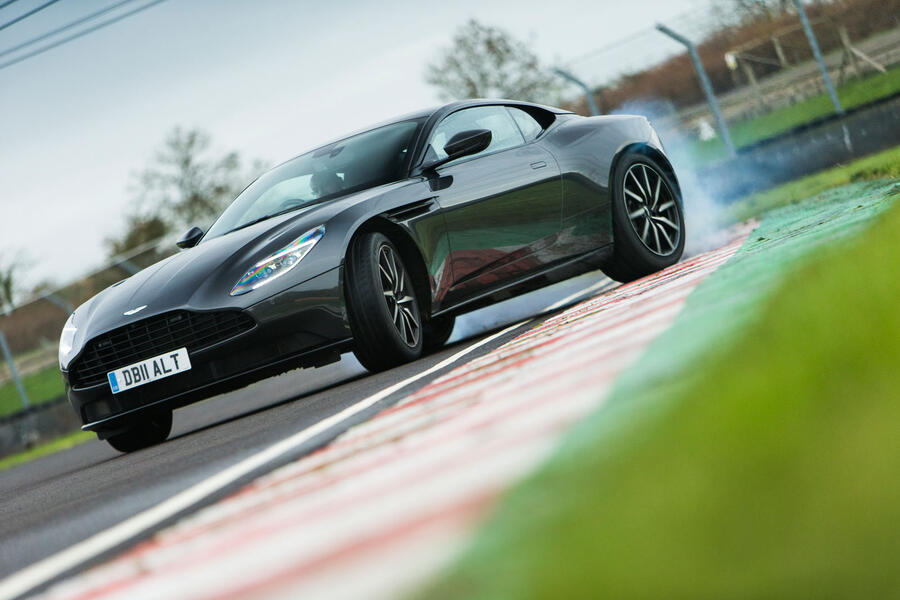
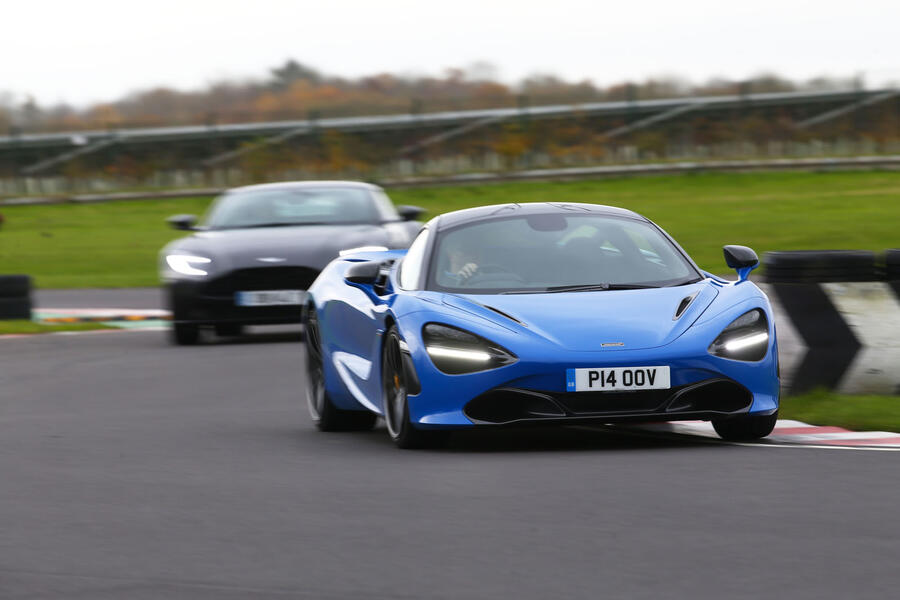







Add your comment